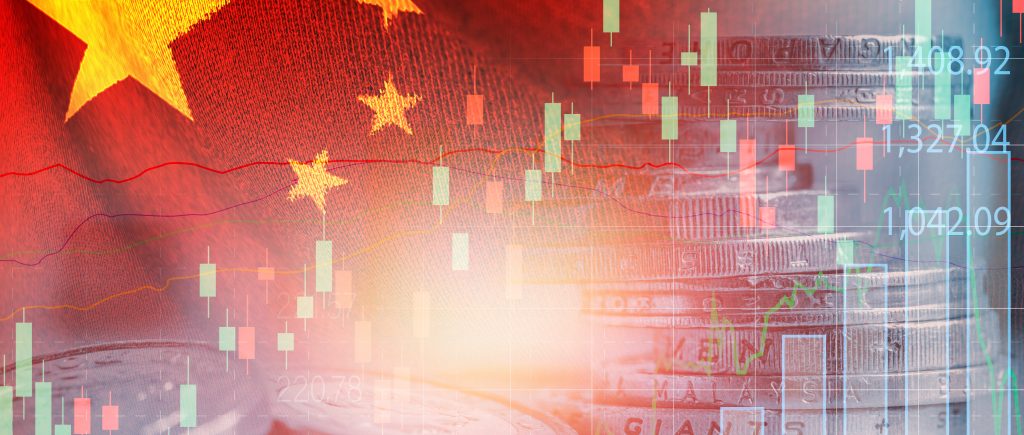China’s economy showed resilience in the first quarter of 2025, with growth reaching 4.7%, driven by targeted stimulus and improving domestic demand. Housing and private consumption gained traction, bolstered by policy support from People’s Bank of China Governor Pan Gongsheng, who maintained accommodative monetary settings. Industrial output and tech sector milestones, including advances in AI and semiconductors, lifted confidence. Yet, challenges persist, as structural issues in real estate and consumer spending demand sustained reforms to ensure long-term stability.
Trade War Headwinds Intensify
The U.S.-China trade conflict escalated in April 2025, with President Donald Trump’s “America First” policy threatening 40% tariffs on Chinese goods by year-end. A 90-day trade truce, set to expire in July, spurred export front-loading, boosting short-term activity. However, U.S. tech sanctions tightened, targeting Chinese firms, while China retaliated by restricting rare earth exports. Despite the tensions, stimulus measures from Finance Minister Lan Fo’an aim to counteract tariff impacts, projecting growth at 4.7% in 2025 and 4.8% in 2026. Post-truce moderation looms if negotiations falter.
Geopolitical Shifts and EU Relations
The U.S.-China rivalry deepens, with China’s industrial overcapacity and Ukraine war stance straining global ties. Trump’s policies prompted a thaw in EU-China relations, as European Commission President Ursula von der Leyen pursues strategic autonomy. Trade talks with the EU gained momentum, offering China a counterbalance to U.S. pressure. Yet, competition over technology and green energy persists, complicating China’s global integration. The rivalry risks long-term economic fragmentation, challenging China’s export-driven model.
A Bumpy Road Ahead
China’s economy stands at a crossroads. Stimulus and export surges provide near-term lift, but trade war escalation and geopolitical frictions threaten sustained growth. The week of June 16, 2025 critical data releases—retail sales, industrial production, and trade figures—will reveal the truce’s early impact. A robust domestic market, fueled by consumption and tech gains, could offset external shocks. However, resolving structural weaknesses and diversifying trade partnerships remain urgent. China must leverage EU ties and domestic reforms to weather the trade storm, or risk stalling its fragile recovery.

 Noor Trends News, Technical Analysis, Educational Tools and Recommendations
Noor Trends News, Technical Analysis, Educational Tools and Recommendations




